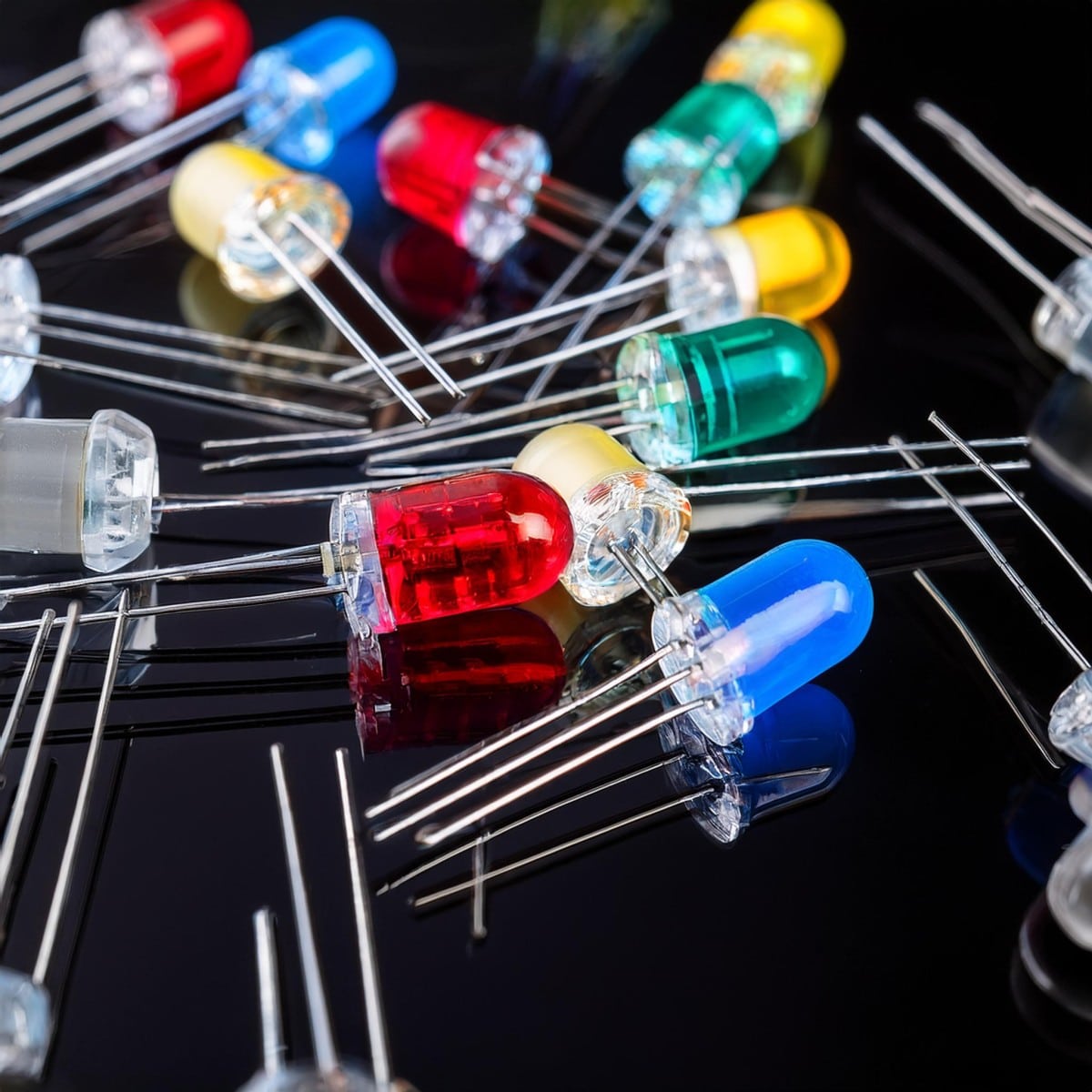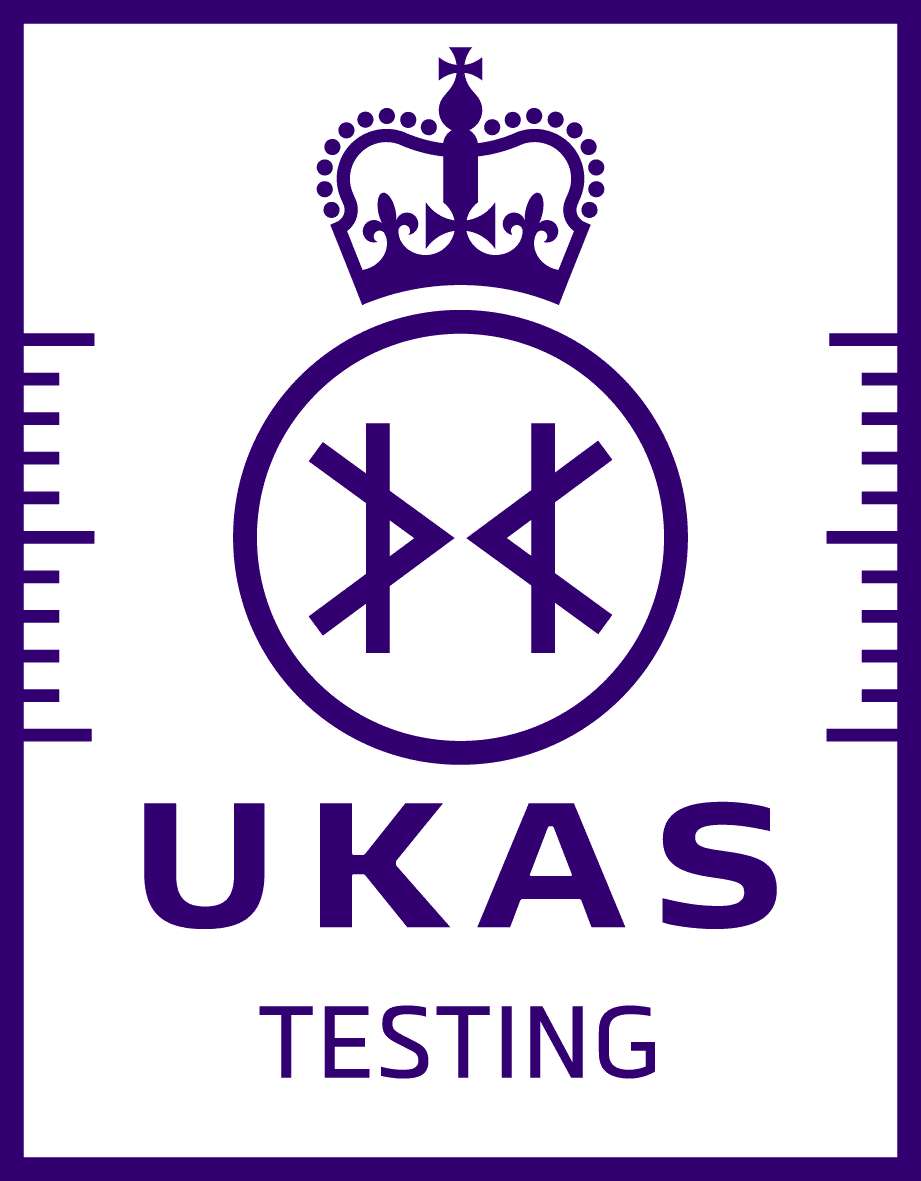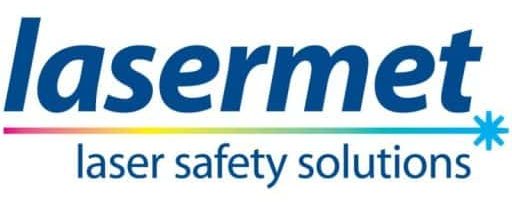
Lasers and LEDs have been classified according to their hazard since the 1970’s in the standard IEC 825 (later IEC 60825).
In 2005 LEDs were shifted into IEC 62471-1:2005 “Photobiological safety of lamps and lamps systems”. The measurement conditions for this standard were set at 200 mm with varying fields of view based on risk group. IEC 60825-1 was further revised in 2007 and the revisions included the removal of most LEDs from being tested under the same standard as Lasers.
As 60825-1(2001) was the last standard to implicitly apply to LEDs the 2001 standard is often still used to assess LEDs as it is the most restrictive due to the potential for a short measuring distance. Additionally this version of the standard is still referenced by other standards and directives, most notable the Electric Toys Standard.
Testing to BS EN 62471
BS EN 62471 is the standard for Photobiological safety of lamps and lamp systems. It is used to assess the hazard from LEDs, LED arrays, lamps and general lighting sources.
In accordance with the standard, the irradiance and radiance are measured, weighted according to the spectral distribution, and compared to the risk group limits of the following hazards:
- Actinic UV
- UV-A
- Blue Light
- Eye IR
- Skin Thermal
- Retinal Thermal
- Retinal Thermal Weak Visual Stimulus
Depending upon how the radiance / irradiance compares to the limits, the product would be assigned to risk group 1-3 or exempt. How long a light source will be safe to look at would depend both upon the risk group and the wavelength. Examples of products we have already tested to BS EN 62471 include:
- Medical LEDs
- Floodlights
- Phone camera LEDs
- Forensic LEDs
- Night Vision IR illuminators
LED Testing Packages
The full LED Testing package includes the following services:
Prototype and Finished Product Testing
We will test and certify your prototype or completed product to the appropriate standard or standards and provide a full test report including details of:
- Measurement test results
- Risk group assignment
- Required Engineering Controls
- Required Labelling
- Required information in User Manual and Product Brochures
- Failure modes of drive electronics and other reasonably foreseeable failures affecting safety
Where a product fails to meet the desired classification due to minor failures, we will issue a classification conditional upon making listed changes (such as labelling, user information and minor engineering changes). Where a retest is required this will normally be carried out at a reduced fee.
Consultancy at the Design Stage
Imagine this scenario:
You spend two years developing a product using LEDs (or other non-laser light source). Your attention will focus on achieving an excellent product and only when you are nearing production do you submit your product for LED safety testing – only to find that changes are needed to meet the standard. At late stages of development, changes can be expensive and can delay production and sales. Significant design changes can be expensive in terms of money and time.
Therefore, to avoid a scenario where you need to make changes to your product, in order to meet the safety requirements of BS EN 62471, we recommend that you get us involved at an early stage in the design process.
CE Marking, Safety Standards, FDA (CDRH) Reports
Europe
As part of the process of CE marking, all LED products sold in Europe must be certified to EN 62471.
- Low Voltage Directive
- Machinery Directive
- General Product Safety Directive
- Radio & Telecommunication Transmission Equipment Directive
- Medical Devices Directive
Most manufacturers prefer to have independent verification of their compliance with the relevant LED safety requirements.
In European countires, manufacturers achieve product conformity by certifying products to the applicable standards. It is the responsibilty of the manufacturer to identify the relevant standards, design the product appropriately and to make a declaration of conformity in the user manual. The various national enforcement organisations, such as The Trading Standards Organisation in the UK, detect non-conformances and intervene accordingly. The standards are set by committees of experts and are under under continual review and amendment. This places responsibility on manufacturers, but enables standards to be kept up to date with changing technology, the latest information knowledge and changes to current practice.
USA
The situation in the USA is different for LED products. Product safety in the USA is controlled by Federal Regulations which are enforced by the Food & Drug Administration (FDA).
LED products are not covered by any Federal Regulation (e.g. 21 CFR 1040.10) and do not need to be registered.
UKAS Accredited Testing
Lasermet is the only Testing House in the UK with UKAS accreditation for LASER and LED Testing

Lasermet is the UK’s leading test house for testing to the following standards:
UKAS Accredited Testing Services
- Laser Testing to BS EN 60825-1: 2014 +A1: 2021 (UKAS)
- Laser Testing to IEC 60825-1: 2014 (UKAS)
- Laser Testing to EN 50689: 2021 Consumer Laser (UKAS)
- LED and Lamp Testing to BS EN / IEC 62471:2008 (UKAS)
- BS EN IEC 60601-2-22: 2020 Medical Lasers (UKAS)
Testing Services
- LED and Lamp Testing to IEC / TR 62471-2: 2009
- BS EN IEC 60825-2: 2004 +A2: 2010 Optical Fibre Communication System
- BS EN IEC 60825-12: 2019 Free Space Optical Communication Systems
- BS EN 60825-1:2014, 2007, 2001 (off-site)
Information Required for LED Testing to BS EN 62471
- Intended Risk Group of product
- Wavelengths accessible during normal operation
- Approximate powers accessible during normal operation
- Can the LED(s) fire either continuously, or repeatedly while pulsing
- LED datasheets
- One functioning unit, as close as possible to final version
- Brief description of product, its function, and number of LED sources
- Unit set-up / operating instructions
- Details of pulse structure
- Any additional equipment necessary to operate unit
- Copies of all required LED safety labels
- Copy of product user manual
If some of the information/items requested above are not supplied it may take considerable time to analyse the circuit which may result in extra test costs being charged. In some cases it may be impossible to classify the equipment without all the applicable samples/information listed above.
Consequently we strongly advise manufacturers to consider their drive electronics very carefully to ensure that the reasonably foreseeable single fault failure requirement has been covered. Otherwise serious problems are likely to arise at the testing stage, which is usually when manufacturers are under pressure to get the product on sale.
